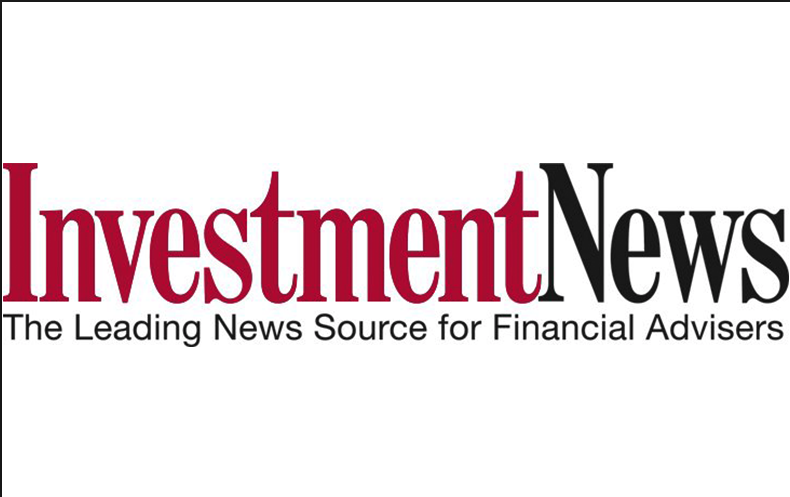It's become increasingly clear that, while the investment goals of retail alternative products are crucial to investor portfolios, a number of alternative product sponsors should seriously consider moving towards a cost and compensation model that better serves retail investors.
Let's start with the up-front costs and income distribution practices: Typically, 10% of total investors' capital is removed immediately to pay expenses and commissions for the product sponsor, broker-dealers and financial advisers. Additionally, regular quarterly distributions are often met out of liquid capital rather than true profits.
Moreover, for many retail alternatives that envision a capital appreciation event, it's unclear as to how product sponsors are incentivized to aggressively seek such an outcome.
(More: Advisers wary of bitcoin vindicated after big drop)
Plan sponsors, who generally are the asset managers, typically receive a percentage of the total assets as an ongoing annual management fee, and then an additional percentage of the net profits upon a long-term capital appreciation event. For instances where the ongoing maintenance of the investment vehicle isn't particularly complex, and the capital appreciation upside share for the product sponsor isn't especially generous, the sponsor has every incentive to sit back and collect ongoing management fees for as long as possible.
Fortunately, there's positive change on the horizon. Some of this is being driven by a new wave of product sponsors entering the retail space for the first time, while in other instances certain longstanding retail alternative product companies are becoming more open to new ways of doing business.
This means new opportunities for independent broker-dealers, RIA firms and their financial advisers to work with retail alternative product sponsors on cost and compensation practices, with an emphasis on seeking a commitment from product sponsors in the following areas:
1. Pay out distributions only from true earnings, not liquid capital. Product sponsors should only distribute ongoing income to retail investors out of true earnings, rather than dip into available liquid capital just to 'check the box' on quarterly distribution promises. These expectations must be set clearly with retail investors and their financial advisers on the front end of the process.
(More: 10 funds with yields of 4% or more)
2. Pay retail investors first and foremost out of any waterfall of distributions from true earnings. When there are real earnings that can be distributed in the form of income, there must be a waterfall approach where retail investors are the first in line to obtain their income. The product sponsors and asset managers should receive their compensation afterwards from what remains in the waterfall. This is also an item that must be made clear from the outset of any investment process with all of the parties involved with it.
3. Ensure there are healthy incentives for the product sponsor to benefit from a capital appreciation event when appropriate, based on the investment vehicle's stated goals. For products where a capital appreciation event at the end of the investment life cycle makes sense, there should be a tiered system of liquidity event profit-sharing that ensures a generous distribution to the product sponsor after the retail investor has been paid first and foremost. This approach will further align the investor and product sponsor's interests when it comes to aggressively pushing for a capital appreciation deal that maximizes value for the investor.
4. Consider paying the standard, upfront 10% in costs through the product sponsor instead of the retail investor. So long as there is a clear commitment to only pay investment returns out of true earnings, and to pay the investor first and foremost above all else, who pays for the 10% in usual upfront costs becomes somewhat less relevant. That said, it's certainly a nice to have — albeit not necessarily a must have — for the product sponsor to cover the upfront costs, either by funding them at first and then recovering those expenses once investors have received a pre-determined return, or by absorbing the costs outright and having higher back-end success fees later on. This will ensure that sponsors have skin in the game from the start.
Certain aspects of the retail alternatives industry shouldn't change. Foremost among them is the availability of these products solely for accredited investors that regulation has determined have the net worth required to assume the risks that come with a certain level of illiquidity.
But still, there's no question that the retail alternatives space has been badly in need of a transformative approach to cost and compensation structures that emphasize the well-being of the retail investor above all else.
(More: Best- and worst-performing funds of the Trump rally)
Going forward, it's incumbent on independent broker-dealers and RIA firms to encourage the proliferation of these emerging new cost and compensation practices by allocating shelf space on their platforms for product sponsors that clearly embrace an investor-centric approach.
Clive Slovin is CEO of the Strategic Financial Alliance, an Atlanta-based independent broker-dealer and RIA firm that is significantly owned by the independent advisers it serves.







